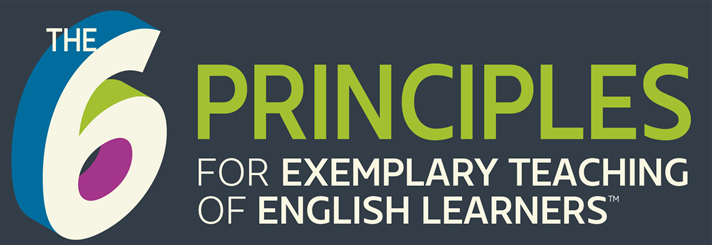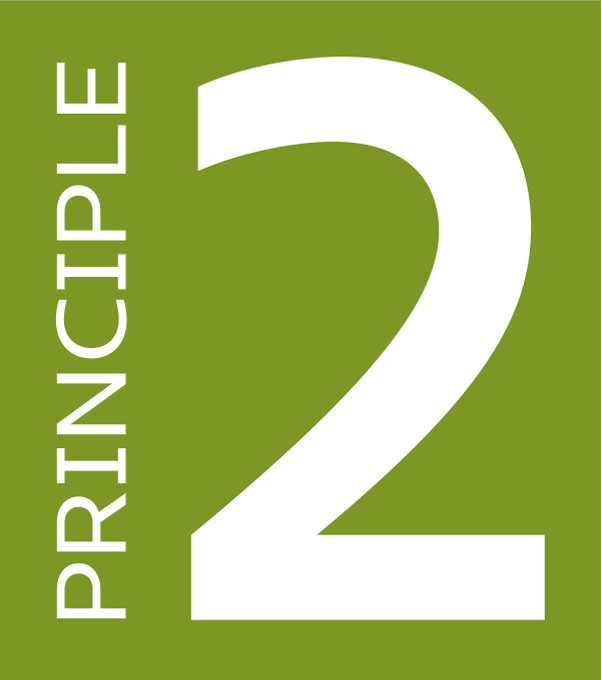Some Practices for Principle 2
Teachers demonstrate expectations of success for all learners.
Student achievement is affected by teacher expectations of success. Teachers must hold high expectations and communicate them clearly to all their students—English learners and other classmates, which will motivate them to perform at a high level.
Teachers plan instruction to enhance and support students’ motivation for language learning.
Language learning is difficult and takes a very long time. Learners may not see the benefits of spending time and energy in learning English if the effort does not have an early payoff or it feels outside their own comfort zone. However, we know that motivation is an important condition for language learning, so teachers need to engage their learners and motivate them to work persistently at learning the new language.
Try these activities from the TESOL Resource Center.
Beyond the classroom, teachers address Principle 2 in other ways
Try this activity from New Ways in Teaching with Humor from TESOL Press!
Scientific Conference Who's Coming
Teachers Support Students' Social and Emotional NeedsGet to know your school’s families through home visits. You may join in making these visits, or you may encourage teachers or other school personnel to do so. By meeting families away from school, such as in community centers or in their homes, you may have more success in engaging families (Louie & Knuth, 2016).
Make sure that all staff members who interact with English learners and their families learn about, acknowledge, and affirm the strengths, capabilities, and contributions made by English learners and their families to your school.
Excerpt from The 6 Principles for Exemplary Teaching of English Learners®: Grades K-12
Establish a Culture of Shared Responsibility
Special Education Directors and Gifted and Talented Program Directors
Make sure that all communication to parents is provided in the language they prefer and that only qualified interpreters are present during eligibility and IEP meetings. These steps can empower parents to advocate for their children’s educational needs.
Make sure that special educators understand how to shape instruction for students of various proficiency levels and that they know the current proficiency levels of their learners in listening, speaking, reading, and writing. Remember that, by law, dually identified students must receive both ESL and special education services (USED & USDOJ, 2015).

